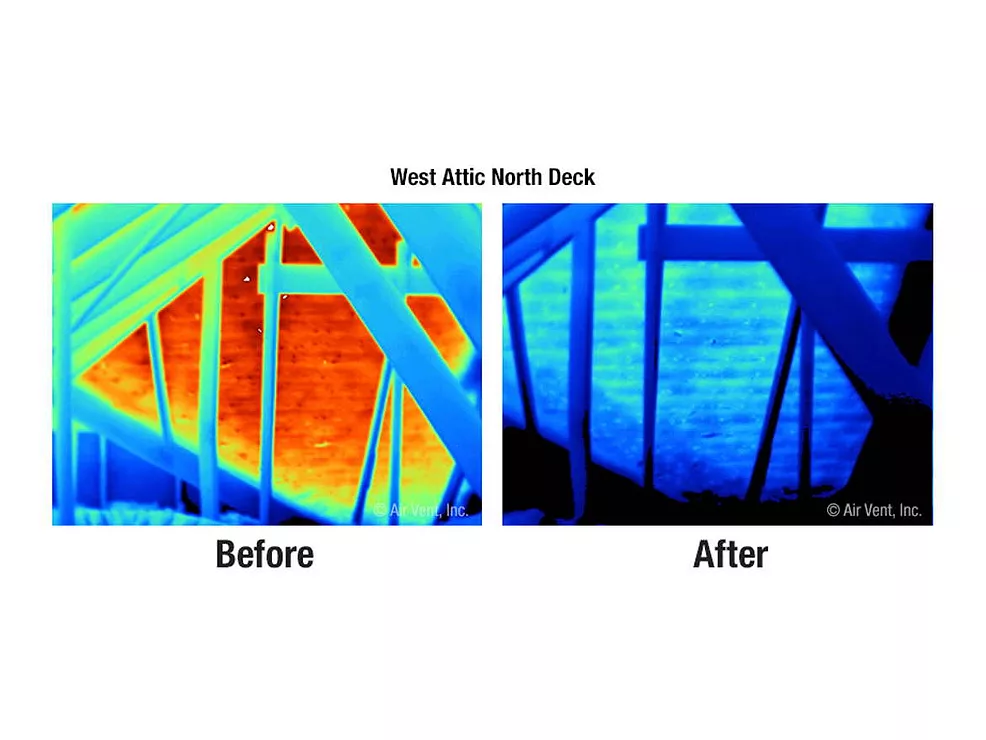The Contractor's Quick Guide to a Good Working Relationship with the Customer
Know What You're Getting Into
Starting a new project with a customer is easily defined. However, it is not so easy if you take over work from someone else. Customers fire contractors and, at times, contractors will fire their customers. For this reason, a contractor coming onto an ongoing project needs to do its due diligence before it signs on. There are many items to consider. Why is a new contractor necessary? Who fired whom? How far into the timeline is the project and is this something that we can handle? The answers to these questions will dictate whether or not the project is one worth taking.
Additionally, the parties should specify the accountability for work performed by the preceding contractor. Although it is rare for a new contractor to take over a project and warrant for work that a predecessor performed, it is critical to get that fact in writing.
Make Sure You're Going to Get Paid
Many contractor-client relationships end because the contractor has not been paid by the customer. Whether it is a new project situation or one contractor is taking over for another, it is imperative that the incoming contractor knows not only what the present financial condition of the project and client is, but the feasibility for future payments as well. If the previous contractor quit or was fired over financial issues, a red flag should be raised. A check into whether there are or have been lien claims by any party to the project is instructive. If there is either a payment or performance bond on the project, it should be for an amount near the value of the entire project.
In the residential context, the contractor should ensure that the homeowner has obtained sufficient financing and that the funds are readily available from the lender. Furthermore, if it is taking over for a predecessor, the contractor can inquire with the lender regarding the client's credit history and the distribution history on the project.
Documents, Documents, Documents
As has been the theme with practically every previous article, the adequacy of documentation will invariably affect whether or not a dispute leads to litigation and, more importantly, which party will succeed should it occur. The contractor agreement between the parties (both in the residential and commercial contexts) must clearly set forth the terms and obligations of the parties, as well as protecting their rights against one another and other contractors.
The specification of these obligations should go beyond merely "performing work" and "paying for work performed." Lien, bond, payment, liability, warranty, scope, time, and dispute resolution issues should be clearly delineated for the parties to follow depending on the circumstances they face. The agreements should also include how the parties will document changes in the scope of the project and the procedures by which changes by either the client or contractor will be made, documented and approved.
Who's in Charge?
When working with the customer, the contractor must be certain that it is dealing with a representative who has the authority to speak on behalf of the owner. This is a frequent issue with regards to change orders. Depending on the size of the project, clients generally have representatives on the site to address the various scope, engineering and cost issues that can occur.
Two methods of identification are by contract and by practice. Either by correspondence, the contract, or other documentation, the parties can designate a corporate representative and the scope of his or her authority. This is the preferred method. The alternative is to determine the representative based on the apparent authority the client gives to that person. This is a less clear means of designation, very fact-dependent and can lead to dispute.
Dealing with the Government as the Client
There are multiple issues that exist when the client is either the state or federal government, or one of its agencies. First, governmental immunity protects state and federal agencies from certain lawsuits by prohibiting lawsuits brought on the basis of negligence. Individual states have created exceptions to this prohibition that may apply (for example, cases of gross negligence), but the exceptions are rare.The second critical distinction is that, generally, lien claims cannot be made on governmental projects. Therefore, the primary method of protection is by way of payment or performance bonds, which are common and often provide greater protection than a lien. In addition to the bond terms themselves, state laws provide requirements that must be met before a contractor can make a valid claim. Specifically, among other things, a contractor must meet all of the notice requirements (including notice of furnishing and notice of last furnishing) to the general contractor or the customer, depending on the circumstances.
An actual example of both of these issues recently arose on a large public school project involving dozens of electrical subcontractors. The general contractor filed for bankruptcy, which left the majority of the subcontractors unpaid for various work performed. While the parties made their claims against the bonding company for payment on the respective bonds, they also brought a claim against the school system for its failure to obtain an adequate bond (the bond covered approximately 25 percent of the total project value). The federal court dismissed all claims against the school system on the grounds that the school system was immune from claims against it. Furthermore, the claims of many of the second-tier subcontractors against the bond were dismissed for failure to comply with the notice requirements. The remaining contractors had to haggle over the limited funds available.
A final nuance of governmental work is the need to comply with very strict bidding application requirements. Prior to having the opportunity to submit a bid, the contractor must complete an application process. Part of the process usually includes certification by the contractor and a later investigation to determine that it complies with a multitude of state and federal laws, including worker's compensation, taxes, and anti-discrimination and equal employment practices.
As business owners, we often have the urge to accept any and all work that comes our way. It takes experience, usually bad experience, to learn that it pays to be selective in bidding on and accepting work from customers we don't know. Making a good business decision at the outset will make your work more efficient, profitable and enjoyable.
Looking for a reprint of this article?
From high-res PDFs to custom plaques, order your copy today!




